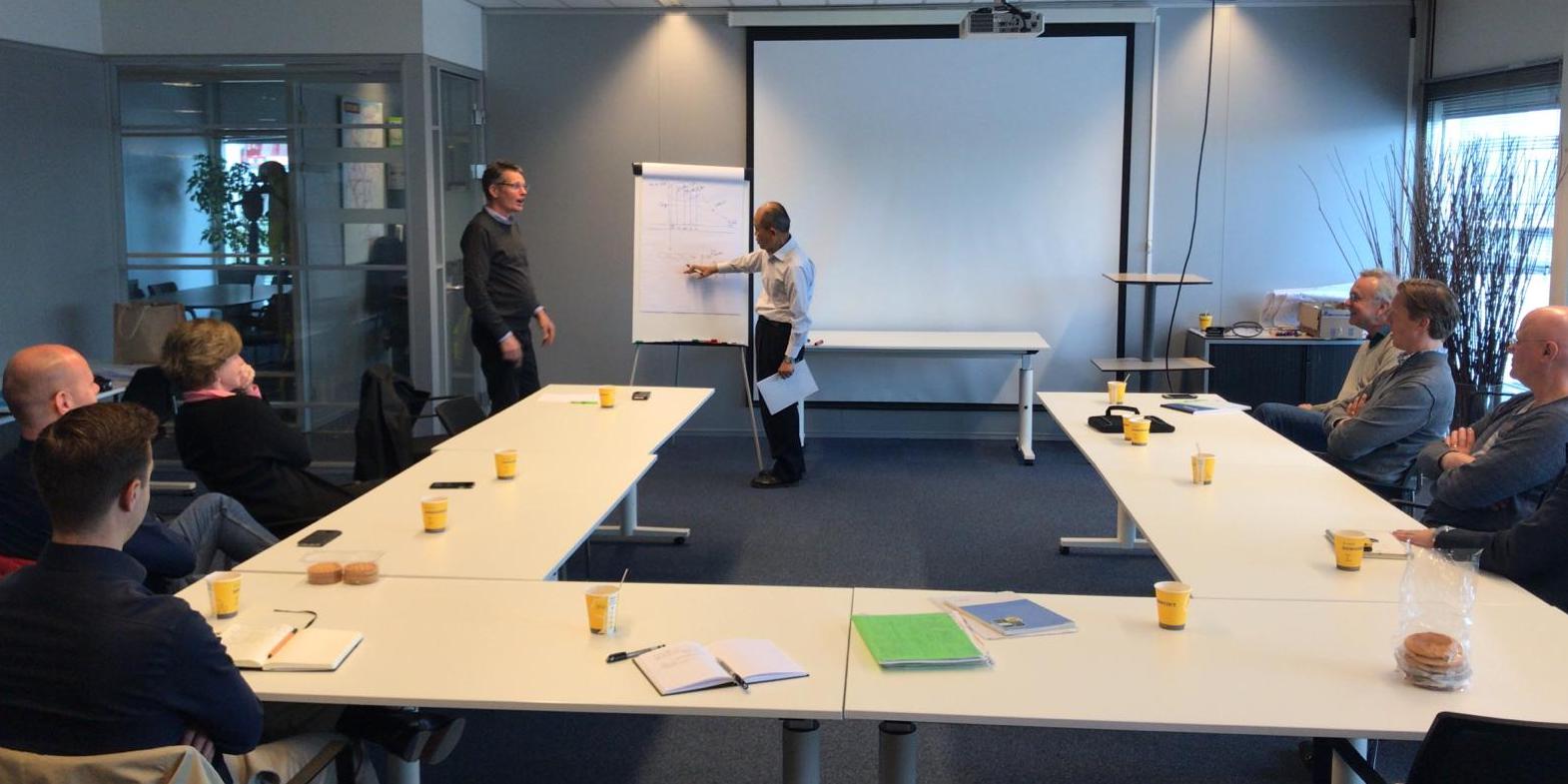
National cultures don't matter when lean is in the picture
ARTICLE - Are some national cultures better suited to implement lean thinking? This article, based on research on 45 Volvo factories, reflects on the role of local cultures in the rollout of a corporate lean program.
Words: Dr Torbjørn H. Netland, Visiting Researcher at Cambridge University’s Centre for International Manufacturing and Postdoc at the Norwegian University of Science and Technology (NTNU).
According to Dutch social psychologist Geert Hofstede, national culture can be described as “the collective programming of the mind” that makes one nation different from another (more here). Whether lean principles can be applied despite cultural (and/or national) differences is no longer a question; we have known that since the publication of the MIT Sloan Management Review article “Triumph of the lean production system” in 1988 by John Krafcik.
A quarter century later, lean factories can be found all over the world, but there is still an active debate around the question, “Are some countries more receptive to lean than others?”
NO NATIONAL CULTURE IS PERFECT FOR LEAN
To date, research offers mixed evidence and no clear answers to the above question. In fact, the literature is largely inconclusive when it comes to which specific cultures are “favorable to lean implementation.”
There is some agreement that collectivistic cultures with high power distance (Hofstede’s power distance index measures the extent to which less powerful members of organizations and institutions accept and expect that power is distributed unequally) have advantages when it comes to implementing standardization and discipline, which are cornerstones of the lean methodology.
At the same time, there are good arguments suggesting that individualistic countries with low power distance are better at continuous improvement. For example, pointing to a highly educated and empowered workforce, Swedish researchers have suggested that Sweden (and Scandinavia more in general) offers the most fertile grounds for implementing lean.
Such deductions may be myopic. The only clear conclusion that can be drawn from the literature is that there is no single national culture that represents a perfect march with lean thinking. In other words, every culture will have some traits that support specific lean practices and others that work against them.
I have visited world-class plants in Japan and Brazil, among other countries. According to Hofstede’s five dimensional model of national culture, Japan and Brazil have fairly similar cultural traits. Also, these two countries are often referred as “easier to implement lean in” by practitioners. But drawing that conclusion may be too hasty.
A closer look at these plants reveals that they are located in areas characterized by a long automotive tradition. They recruit from a pool of workers who are skilled and trained in lean production. Could the plants’ leanness be linked to a cluster effect rather than a cultural effect? Besides, they started their lean journeys long ago and managed to stay the course. So, could their leanness be a result of what they learned over time rather than a result of their countries’ cultures? Could it be more related to a long-term strategy and sustained management commitment than some general cultural trait? I believe it could. I have also studied other progressive plants, some of which are located in Poland, Sweden, France, and the USA - countries whose national cultures differ from Japan and Brazil’s hugely.
IF NOT NATIONAL CULTURE, WHAT IS IT THEN?
Peter Drucker’s famous business proverb, “Culture eats strategy for breakfast,” has proven accurate in many a failed lean transformation. But note that Drucker was talking about organizational culture, not national culture.
If a lean program nurtures the underlying corporate lean culture instead of focusing solely on tools and techniques, corporate culture will transcend national culture. This is what Toyota has proven possible, and exactly what Volvo aims to do with its corporate lean program.
The Volvo Production System works as a vehicle for transporting the corporate lean culture. I have witnessed this in practice. If you were blindfolded and flown directly into any of the more advanced Volvo facilities in the world, I bet you would have trouble recognizing which country - or even continent - you were in.
Let’s now consider two vastly different cultures as examples: Sweden and India.
These two countries are opposites on most of Hofstede’s dimensions of national culture: Sweden is characterized by an individualistic and feminine national culture with low power distance and a short-term orientation. India, on the other hand, is a collectivistic and masculine culture with high power distance and a long-term orientation. Anyone traveling to these countries can immediately spot the obvious cultural differences.
For example, in Gothenburg, Swedes cycle to work with helmets, yellow safety vests, and lights on their bicycles, while obeying the traffic rules. In Bangalore, whole families travel on a single motorcycle, honking their way through the chaotic traffic. And yet, despite these vast differences in national culture, there is one shared organizational culture in the Volvo plants I visited in the two countries. The same is true for most of the other Volvo plants I’ve visited.
To be entirely honest, the moments in which I experienced the strongest influence of national cultures during my plant visits were . . . lunch breaks!

Based on my experience across 45 Volvo Group plants around the world (I recently published a research piece on my learning here on Planet Lean), organizational lean culture trumps national culture any time. To paraphrase Peter Drucker’s saying, “organizational culture eats national culture for lunch.”
During my meals at the different Volvo facilities, characteristics of the national cultures were obvious, but before and after dining it was the corporate culture that guided “the way things are done around here.”
An organizational lean culture can be developed in all corners of the world. How did Volvo succeed in doing it while advancing lean? The company’s managers respected differences in people and national cultures, but focused on building a lean mindset into the organization.
For good insights into lean management and how you can start building a corporate lean culture — in any country — I recommend reading Toyota Kata by Mike Rother and Lead with respect by Freddy and Michael Ballé.
THE AUTHOR

Torbjørn Netland is a postdoc at the Norwegian University of Science and Technology (NTNU) and a Senior Researcher SINTEF Technology & Society, Trondheim, Norway. His research on "Managing Corporate Lean Programs" has been performed in close cooperation with companies like the Volvo Group, Renault Trucks, Jotun, Kongsberg Defence and Aerospace, and Kvaerner. His research on lean thinking appears in several peer reviewed journals and has been presented in more than 20 international conferences. He blogs at www.better-operations.com and tweets as @tnetland.
Read more


INTERVIEW – When we say that lean thinking can be applied to any human endeavor, we mean it. In this Q&A we learn about how knowledge sharing has been boosting the improvement journey of Dubai Police.


FEATURE – For many organizations, devising effective strategies remains a gap to fill and that’s something lean can help with. Michael Ballé discusses strategic thinking with our editor.


FEATURE – In this frank account, a senior executive discusses the challenges facing an oil and gas company as it tries to manage the complexity of its upstream and downstream supply chains.


INTERVIEW – A couple of weeks ago, our editor caught up with Toyota veteran Sadao Nomura. In this Q&A, he discusses quality improvement and leadership engagement.

